Red yeast rice for lowering cholesterol
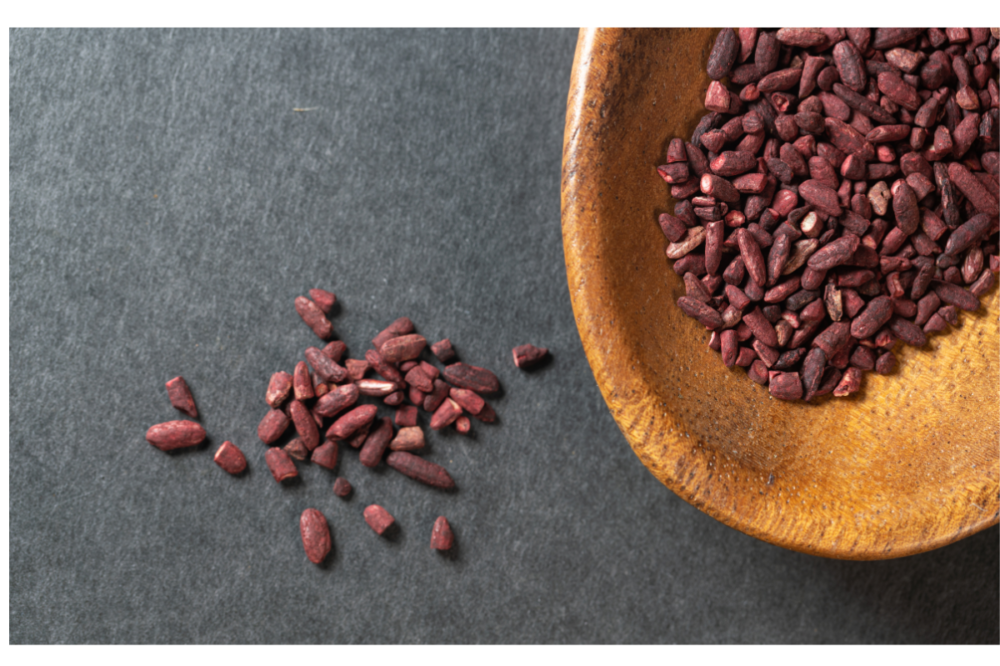
Elevated cholesterol levels are one of the most common health conditions, with lipid-lowering drugs being the top sellers worldwide. Through many studies in recent years, it has been shown that red yeast rice is a natural and effective way to reduce blood cholesterol levels, worthy of statins (common cholesterol drugs).
Table of Contents
What is red rice yeast?
Red rice yeast is a traditional Chinese food and medicinal substance that has been used for centuries. It is made by fermenting the yeast Monascus purpureus, which is found in red rice.
The main action of red rice yeast is due to a group of substances it contains called monacolins. Specifically, monacolin K is a substance that has an identical chemical structure to the common anti-lipid drug lovastatin, which belongs to the broader family of statins.
Based on the above property, many supplements with red rice yeast have been released in recent years.
The composition of the supplements varies depending on the types of yeast contained in the plant as well as its cultivation conditions. Although many foods contain red rice yeast, as it is used to color fish and alcoholic beverages in the Americas and Asia, they do not contain monacolin, so they do not affect serum cholesterol levels in the same way.
How red yeast rice works
Like lovastatin, supplements containing monacolin K are used to lower total cholesterol as well as “bad” cholesterol (LDL).
The way red yeast rice works is to reduce the endogenous production of cholesterol in the liver. Specifically, it has been shown that dietary supplements containing monacolin K can and do reduce LDL cholesterol levels by 10-33%.
It is worth noting that after a chemical analysis of red rice yeast, it was found that in addition to monacolin K, there are many other substances that may help reduce cholesterol levels, such as:
- isoflavones,
- polyunsaturated fatty acids
- and phytosterols.
For this reason, the exact mechanism of cholesterol reduction has not yet been elucidated.
According to a meta-analysis that used data from four databases (SCOPUS, PubMed/MEDLINE, EMBASE, and Web of Science) until December 23, 2021, selecting 24 treatment groups after evaluating 3623 articles, the researchers concluded that red rice yeast had:
- Significant reduction of total, “bad” cholesterol (TC and LDL-C), and triglycerides (TG).
- Increase in “good” cholesterol (HDL-C).
Use at doses less than 1200 mg and for less than 12 weeks was more effective in people with dyslipidemia.
Red rice yeast and dosage
The daily dose is defined as 600 mg – 2,400 mg. The reception interval is most often determined by the cardiologist.
Red Yeast Rice: Side Effects and Contraindications
Taking red rice yeast supplements in very high doses may have some unwanted effects such as:
- headaches,
- dizziness,
- heartburn,
- muscle pains,
- weakness,
- rhabdomyolysis and liver toxicity (at very high doses and in very rare cases)
It should be taken with caution by people with liver and kidney problems, as well as avoided by pregnant and lactating women.
In fact, minors should not take red rice yeast supplements.
In addition, it should be administered with medical approval if you are taking medication for:
- lowering cholesterol (statins),
- anticoagulants,
- antiplatelet agents,
- non-steroidal anti-inflammatory drugs.
Conclusion
Red rice yeast and in particular Monacolin K is a promising ingredient in the field of cardiology. In 2022, the European Commission set maximum levels of monacolins in dietary supplements in order to minimize adverse effects.
At Vita4you you can find a wide variety of red yeast rice supplements.
Disclaimer
The content of this blogspot is not and can not be considered as medical advice, diagnosis or treatment. All information is provided to readers solely for informational purposes. There is no intention to substitute this content for personalized medical advice, diagnosis, prognosis or treatment.

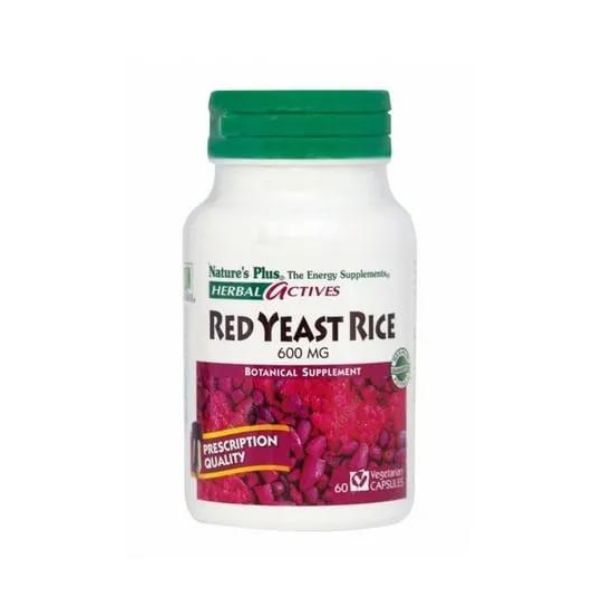
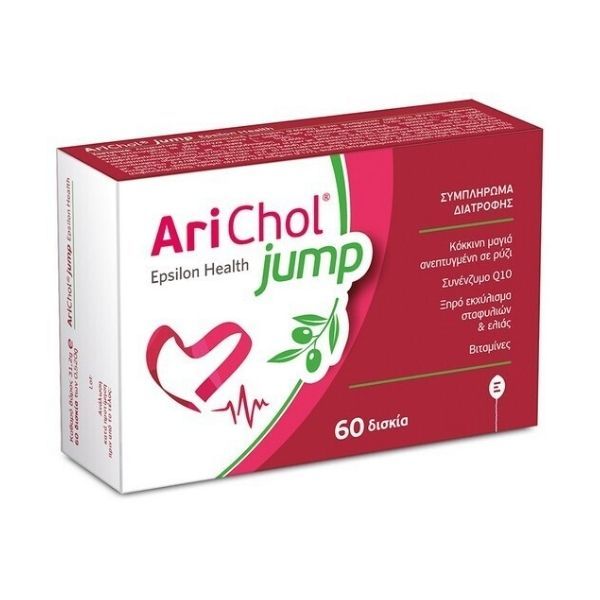

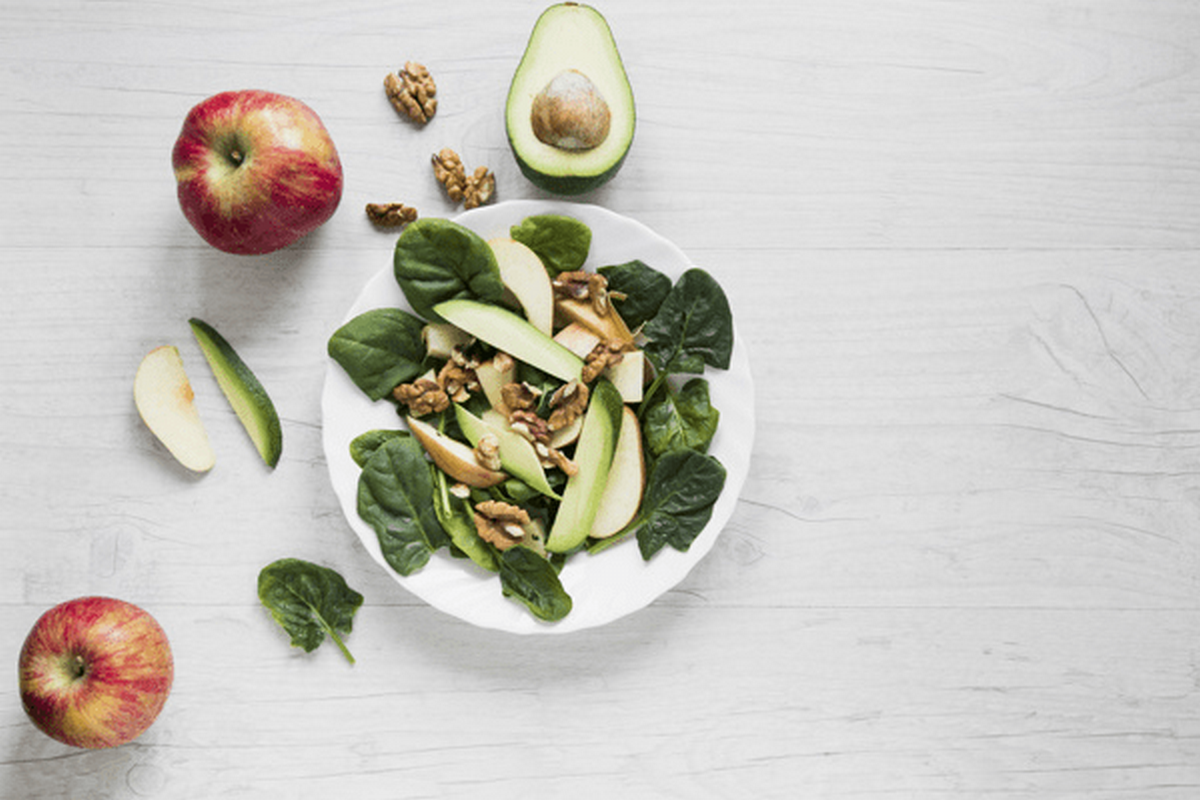

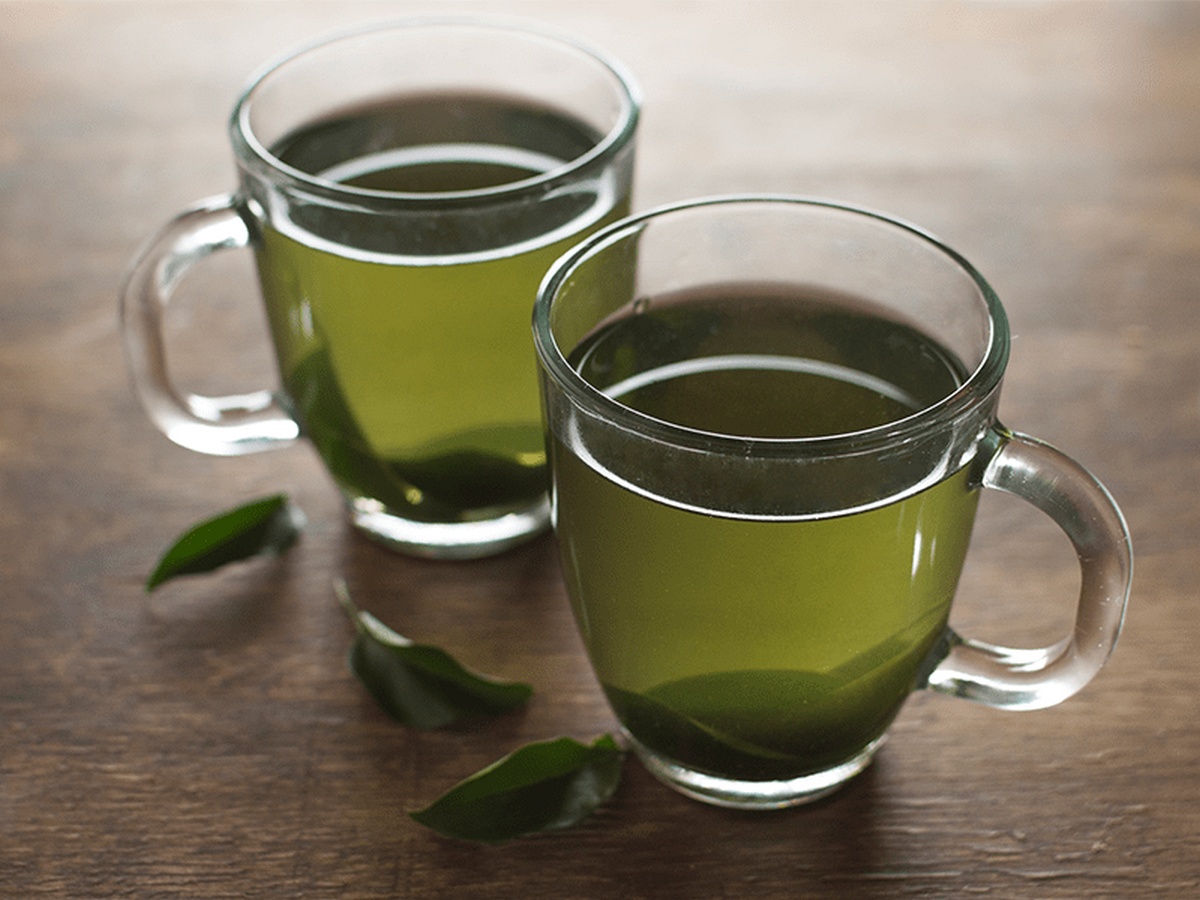

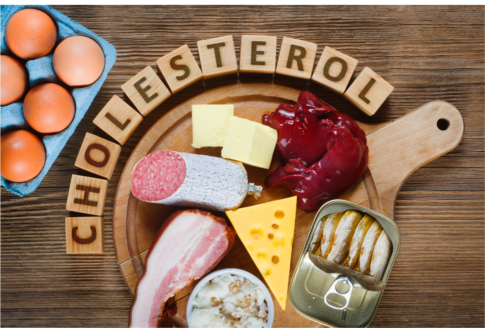
Leave a comment